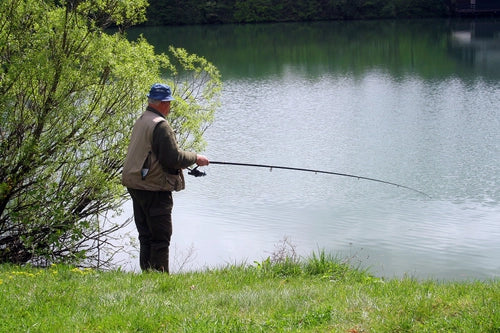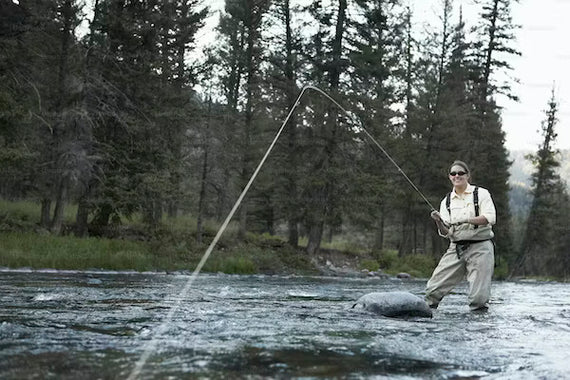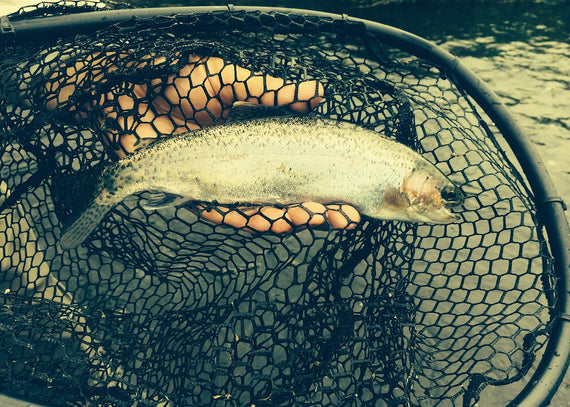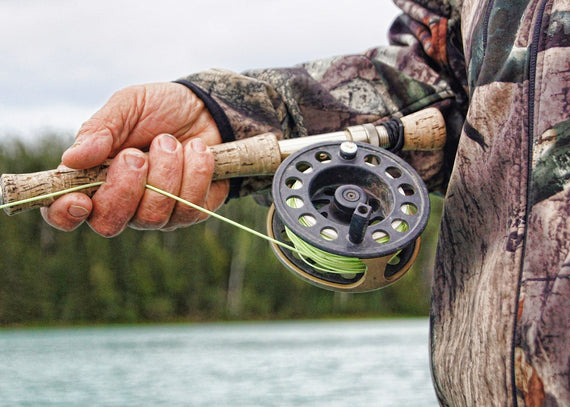Fly fishing is an art form, and much like any artist, an angler needs the proper equipment to create their work of art on the water. Of all these necessary gears, the fly fishing rod is the one that makes all the difference in the skill and outcome of a cast.
When selecting the ideal fly fishing rod, there are a number of things to take into account that correspond with your fishing style, tastes, and the types of environments you plan to target. We will explore the options in this guide, highlighting the features and benefits.
Knowing Your Style of Fishing
Knowing your own fishing style is the first step toward selecting the ideal fly fishing rod. Do you like to fish the open waters for bass and pike, or are you a river angler searching for those inaccessible trout? Specific characteristics of rods are needed for different fishing environments and species.
Rod Action: Fast, Medium, or Slow?
The action of a fly rod refers to its flexibility and how much it bends during casting. Understanding the details of rod action is crucial in selecting the perfect fly fishing rod for your needs.
Fast Action: Ideal for long-distance casting, it provides greater power and accuracy.
They are well-suited for larger bodies of water and windy conditions.
Medium Action: This has a more forgiving feel and emphasizes power, flexibility, and balance. Suitable for a variety of fishing scenarios.
Slow Action: It bends itself gently, bending along the length of the rod. Suitable for delicate shows and small streams.
Graphite, Fiberglass, or Bamboo?
The performance and longevity of the fly fishing rod are significantly influenced by its material composition. Every material has benefits, and the decision often comes down to personal taste and fishing circumstances.
Graphite: It is usually lightweight, responsive, and offers excellent sensitivity. Ideal for versatile fishing situations.
Fiberglass: This material is more flexible and forgiving. It absorbs shock and reduces fatigue. Most appropriate for smaller streams and more delicate displays.
Bamboo: They have a slow action and are both elegant and traditional. It requires more care than other materials, but it also has a unique feel, which makes it different from other materials.
Length and Weight:
The weight and length of your fly fishing rod play a major role in how well you can cast, maintain control, and feel comfortable on long fishing trips. It is important to know the terrain before you dive into fishing.
Length: In cramped areas, shorter rods provide greater accuracy. Similarly, in more open and wide areas, longer rods would be more efficient.
Weight: Smaller fish respond better to lighter rods because they are more delicate. Heavy rods, which are more sturdy, can be helpful with larger fish and difficult conditions.
Conclusion:
Selecting the ideal fly fishing rod becomes an art form in and of itself in the vast sea of available options. You may customize your selection to fit your preferences by being aware of your preferred action, material, and length balance, as well as your fishing style. Always remember to outfit yourself with appropriate waders and boots to maximize your range of motion and guarantee a smooth transition from the angler to the water. Happy fishing!



 loading="lazy"
loading="lazy"
 loading="lazy"
loading="lazy"
 loading="lazy"
loading="lazy"